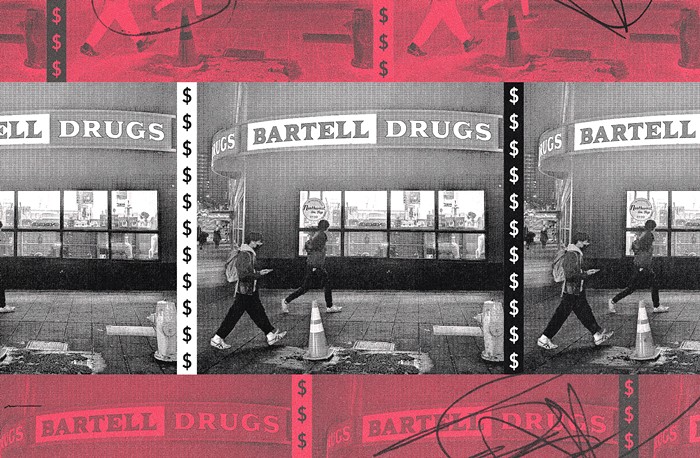
This AP headline captures one of last week's big stories: "Census shows US is diversifying, white population shrinking." The most noted revelation from the 2020 Census—the one that was repeated on several mainstream websites and on Twitter—was not that the urban population had expanded, or that there is in the US now no "majority racial or ethnic group for people younger than 18," but this: "...[the white] population dropped for the first time on record."
After four years of Trump—a presidency that ended with a shameless white supremacist assault on American democracy—this news might appear as a sign of hope.
After all, the GOP is the US's white party. This white party, which is already overrepresented in a number of government institutions, has, since the beginning of the present century, directed more and more of its political power to the destruction of voting rights. Will this effort be vitiated by the fact that “The U.S. population is much more multiracial and much more racially and ethnically diverse than what the [Census Bureau has] measured in the past”?
The number of White people in the U.S. fell for first time since 1790, according to new data from the 2020 Census https://t.co/4RlIeSHEyZ
— The Washington Post (@washingtonpost) August 12, 2021
On the day the AP dropped its story about white demographic decline, the Seattle Times reported that "the [white] share of the population in King County dropped more than 10 percentage points from 2010..." It is now 54% of the population. What this means is that Washington State will soon have its first minority-majority county. And what we can say about all of this is that a lot of people are thinking about (even worrying about) the essence of whiteness in a country whose systemic white supremacy is not supported by the brute foundation of numbers. Seattle Times: "Washington is 63.8% [white], down from 72.5% in 2010. That decrease in the white share of the population, 8.7 percentage points, is the largest of any state in the country."
Let's think about whiteness. What is it exactly? The answer can be found in a book that's not about whiteness but the cosmic, Karen Barad's Meeting the Universe Halfway: Quantum Physics and the Entanglement of Matter and Meaning. What she points out is that an electron might be real, but ultimately it is a tool, a product of scientific culture. As a tool, the electron explains with considerable effectiveness aspects of reality, which is itself another (albeit much more general) tool.
The ether, for example, is also a tool. It was popular in the second half of the 19th century. It became unpopular at the beginning of the 20th, thanks to one of the papers Albert Einstein published in his annus mīrābilis (1905). The ether was supposed to work as the medium through which light moved, like the way waves move through the medium of water. But the search to verify the ether came up, again and again, with nothing. Eventually it was dropped as a tool. But this did not change its status as a tool. Tools of every kind (in use or not) are all around and in us.
Whiteness as a tool has been terribly poor at explaining reality in the onto-epistemological sense, but its effectiveness in structuring a certain and very powerful feeling—white supremacy—cannot be doubted.
Sort of like an electron, no one has ever seen whiteness, but they have felt it. And we can attribute this structure of feeling to the tool "whiteness." (At this point, I want to inform members of the Heidegger school that my use of tool in this post, and within my system, stays clear of anything to do with with tool-being. My use is much closer to the notion of concept, as described by Gilles Deleuze and Félix Guattari in What Is Philosophy. Meaning, a concept—an electron—is a tool in the same way, and with the same reality, as a hammer.)
Demographically, the being-white tool appears to be headed to the floor (and eventually rubbish heap) of the American political workshop, which, save the years between 1947 and 1979, has fully supported the owners of capital. But somehow—and this is the essence of my post—it never really falls.
No matter how dire the news from the census is for whiteness, whiteness still stays around, still finds a way to persist and shape our culture. The demographic death of the whiteness tool might even live beyond the future when those under 18 fill and direct the US's political body. We should not believe in and wait for a demographic correction to US racism. Think only of Brazil. That South American country is run by an image of Trump. Whiteness can thrive and will survive as a minority. Rather than waiting for good news from the census, we should be making new tools.














